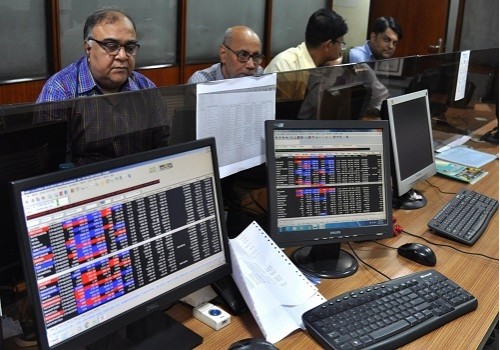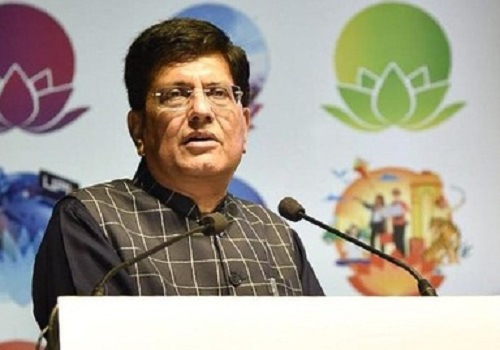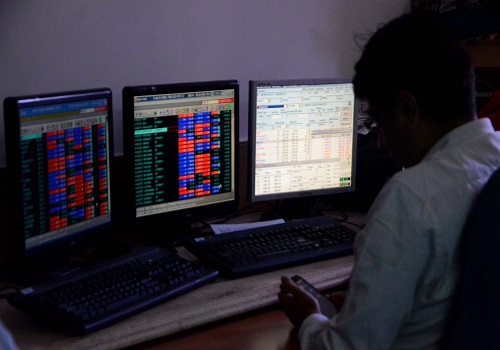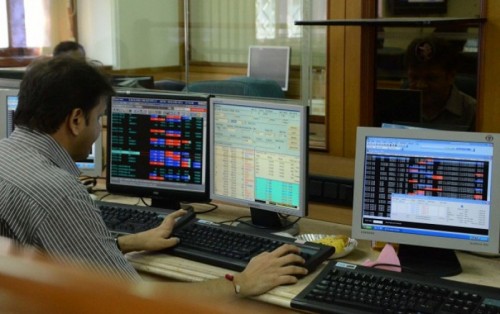Monthly Equity View February 2022 By Mr. Sorbh Gupta, Quantum Mutual Fund
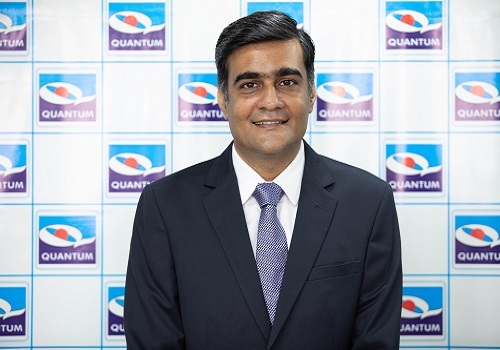
Follow us Now on Telegram ! Get daily 10 - 12 important updates on Business, Finance and Investment. Join our Telegram Channel
https://t.me/InvestmentGuruIndiacom
Download Telegram App before Joining the Channel
Monthly Equity View- February 2022
S&P BSE SENSEX fell by -0.38% on a total return basis in the month of January 2022. It has outperformed developed market indices like S&P 500 (-5.17%) and Dow Jones Industrial Average Index (-3.24%). S&P BSE SENSEX has also outperformed MSCI Emerging Market Index (-1.89%).
The broader market has underperformed the S&P BSE Sensex marginally, this month. While S&P BSE Midcap Index has declined by -1.4% the S&P BSE Smallcap Index was down -0.74%. Auto, Banking & IT & power sectors stood out giving positive returns in an otherwise declining market.
Quantum Long Term Equity Value Fund (QLTEVF) saw an increase of 1.0% in its NAV in the month of January 2022. This compared to a -0.38% decline in its Tier I benchmark S&P BSE 500 TRI and a - 0.29% decline in its Tier II benchmark S&P BSE 200 TRI. Cash in the scheme stood at approximately 6.52% at the end of the month. The portfolio is attractively valued at 12.6x FY24E consensus earnings vs. the S&P BSE Sensex valuations of 18.0x FY24E consensus earnings and is biased towards cyclicals. The portfolio has been consciously steered clear of richly valued consumption & consumer tech stocks. In a high input inflation/increasing interest rate environment coupled with the government’s focus towards capital expenditure (not consumption boost), these stocks are more vulnerable to sharp corrections.
FPI outflows continue due to taper tantrums
Jan-22 has seen a sharp surge in FPI outflows of US$ 4.4 bn (highest since March 2020). With this month’s outflows, FII’s have sold close to US$ 9.5 bn in the past four months. 40-year high inflation in the USA & pursuant hawkish overtures of the Federal Reserve has also been the key reason for near term FII outflows. However, given the improving macro-outlook of India’s economy, inflows should resume after a pause. DIIs have been net buyers for the month of November 2021 to the tune of US$ 2,923 mn and have absorbed a lot of selling pressure from the FIIs
Union Budget has been mixed Bag.
The expansionary stance set in the Budget of FY22 has continued in FY23, with the government continuing to choose higher capital expenditure as the main catalyst to stimulate the economy than any income or consumption boost. Public capital expenditure has increased from Rs. 6 trn last year to Rs 7.5 trn this year a 24% rise which is a positive. Expenditure on agriculture and allied activities has seen a sharp 23% cut. which may impact sentiment as well as incomes in rural India. The expectation is that Production linked incentive (PLI) scheme will be the primary driver of Job creation but actual allocation in the budget for PLI in the individual sector seems very limited. The Fiscal Deficit target has been set at 6.4% of GDP for FY23. Overall, we see it as a mixed budget. The substantial increase in allocation toward capital spending is a positive, however, lack of any measures to boost near term consumption remain a negative
Omicron Variant: Not as bad as delta
The year 2022 started with fears of a possible third wave due to fast-spreading Covid-19 variant Omicron. Thankfully the spike in daily cases appears to be peaking, at least in bigger cities. The
infection appears to be mild and hospitalisation/fatality rates are much lower than earlier waves. The cases load is still high in the rural areas & it’s too early to assume that worst is over. Overall, Covid-19 will continue to be, the joker in the pack, for any predictions on market direction in 2022.

Equity markets have been volatile in the last few months due to a combination of factors; a) FII outflows; b) higher inflation & interest rates &; c) lofty valuations in certain pockets of the markets. Since some of these factors are still playing out, volatility in the equity markets can continue for some more time. Indian corporates are amidst an ongoing earning upgrade cycle & are benefiting from a cyclical recovery in the Indian economy. Hence, long term investors should not be too anxious about near term volatility.
The two most potent tools for long term investors to tide over volatile times are ‘staggered approach’ and ‘optimum asset allocation’. Investors should continue to invest via a systematic investment plan and move the equity bucket towards the optimum allocation as suggested by asset allocation plans.
To Read Complete Report & Disclaimer Click Here
Above views are of the author and not of the website kindly read disclaimer
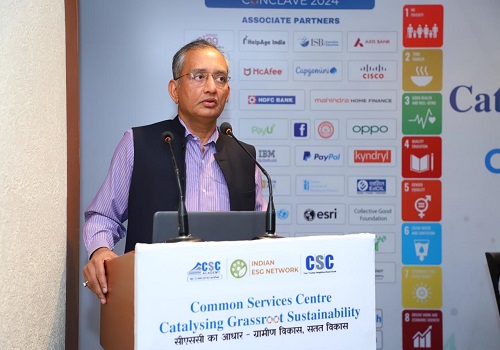




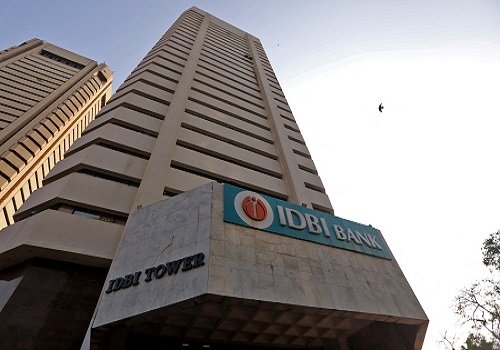


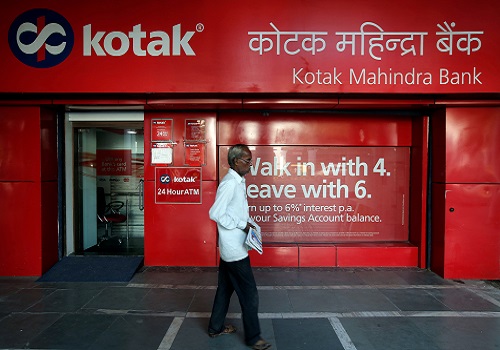

Top News

India`s PM Narendra Modi says central bank must prioritise growth, ensure rupee`s global appeal
Tag News

We anticipate immense potential benefits from the upcoming Sovereign Gold Bond Tranche in FY...

